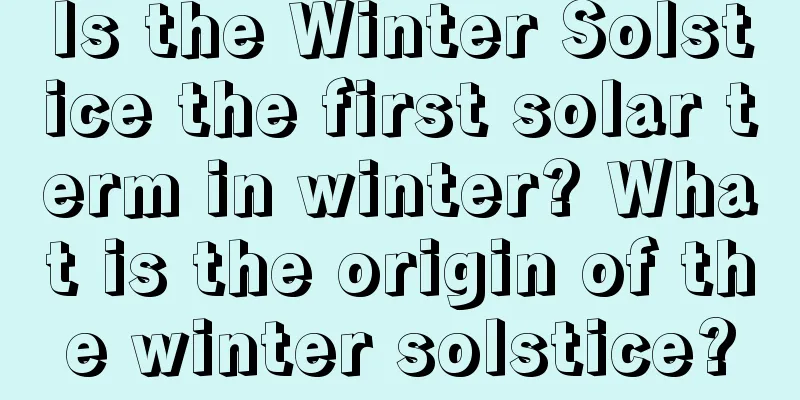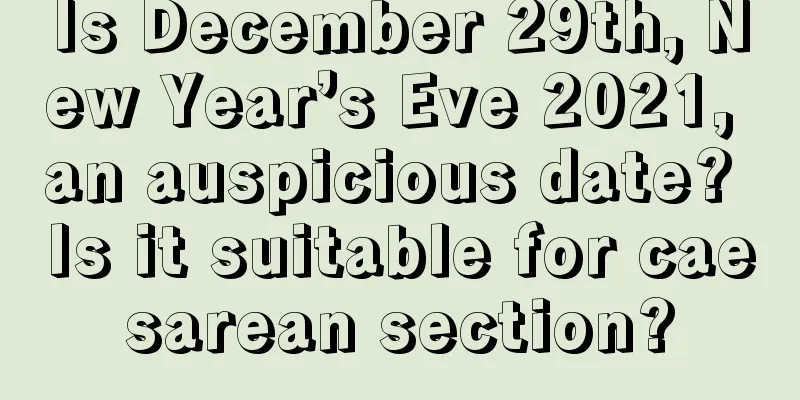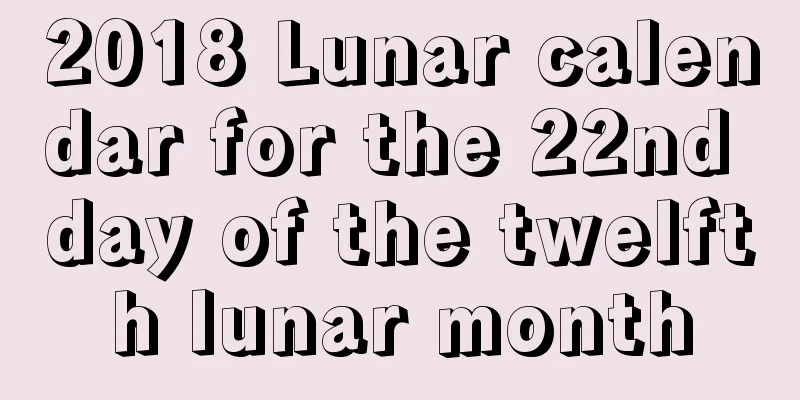Is the Winter Solstice the first solar term in winter? What is the origin of the winter solstice?

The Winter Solstice is one of the most important solar terms in winter and also a traditional festival. Want to learn more about the Winter Solstice? "Winter Solstice is as important as New Year's Day." It is both one of the 24 solar terms and a traditional festival of the Chinese nation. Make an appointment with Mr. Shui Mo in November of the lunar calendar in 2021 to spend the winter solstice with you.Is the Winter Solstice the first solar term in winter?The Winter Solstice is not the first solar term in winter, but the fourth solar term in winter . The first solar term after the Winter Solstice is the Beginning of Winter.Winter Solstice is the twenty-second solar term in the twenty-four solar terms and the fourth solar term in winter. When the Big Dipper points to Zi, the sun's ecliptic longitude reaches 270°, and the solar term falls on December 21st to 23rd of the Gregorian calendar every year. The winter solstice is the extreme point of the sun's direct southward movement. On this day, sunlight directly hits the Tropic of Capricorn. The sunlight is most inclined to the Northern Hemisphere, and the sun's altitude angle is the smallest. It is the day with the shortest daylight and the longest night in all parts of the Northern Hemisphere. In addition, the Winter Solstice is not only an important solar term among the 24 solar terms, but also a traditional festival for ancestor worship among the Chinese people. The Winter Solstice is one of the eight festivals of the four seasons and is regarded as a major festival in winter. In ancient times, people said that "the Winter Solstice is as important as New Year's Day." In the southern regions, there is a custom of worshiping ancestors and feasting on the winter solstice; in the northern regions, there is a custom of eating dumplings on the winter solstice every year. What is the origin of the winter solstice?The Winter Solstice is one of the “24 solar terms”. The "Twenty-Four Solar Terms" and the "Twelve Months" are the basic contents of the Ganzhi calendar, which was established in ancient times (or ancient times). According to ancient books, it was the Emperor of Heaven who first created the names of the Heavenly Stems and Earthly Branches to determine the year. The "Twenty-Four Solar Terms" are specific festivals in the Ganzhi calendar that represent seasons, phenology, climate changes, and establish the "Twelve Months". In ancient times, the "24 solar terms" were determined by the direction of the top of the handle of the Big Dipper. When the handle points to the "Zi" position in the north, it is the winter solstice.The names of the 24 solar terms were first seen in the Western Han Dynasty document "Huainanzi·Tianwenxun". During the reign of Emperor Wu of Han, the 24 solar terms were incorporated into the Taichu Calendar as a supplement to the calendar to guide agricultural activities, and the "Pingqi method" (i.e. average time method) was used to divide the solar terms. The "Pingqi Method" uses shadow measurement to determine the shortest day in the Yellow River Basin as the winter solstice, and divides the date between the winter solstice and the next winter solstice into twelve equal parts, called "Zhongqi", and then divides the date between adjacent "Zhongqi" into twelve equal parts, called "Jieqi". On average, there is one "Zhongqi" and one "Jieqi" per month, collectively known as the "Twenty-Four Solar Terms". The "Pingqi Method" is a time averaging method. The interval between each solar term is about 15 days, and the calculation does not take into account the uneven speed of the sun's movement on the ecliptic. The solar terms divided by the "Pingqi Method" begin with the Winter Solstice and end with the Heavy Snow. Do you want to know your own Bazi? Want to figure out where your golden marriage is? Click on the [Premium Calculation] below to calculate your horoscope and fortune! |
<<: Is the twelfth day of the twelfth lunar month in 2021 a good day? Is it an auspicious day?
>>: Analysis of the 16th day of the 12th lunar month in 2021, is it an auspicious day?
Recommend
Is it possible to start construction on the fourth day of the twelfth lunar month in 2020?
Before starting construction, you need to choose a...
Is June 29th, the last day of June 2020, suitable for signing a contract?
Is June 29th, the last day of June 2020, suitable ...
What should we eat to maintain health during the Xiaoxue in 2018? When does the Xiaoxue in 2018 start?
Introduction: Health preservation is one of the ho...
Where is the direction of the God of Happiness on the sixth day of the first lunar month in 2018?
1. What day is the sixth day of the first lunar m...
Where is the direction of the God of Happiness on the ninth day of the eleventh lunar month in 2018?
The eleventh month of the lunar calendar is the w...
Auspicious and inauspicious times for the Lantern Festival on the 15th day of the first lunar month in 2020 + check the auspicious and inauspicious times!
The Lantern Festival is a traditional Chinese fes...
Can I get married on the 21st day of the first lunar month in 2019? Can I get engaged and hold a wedding?
When the first month of the lunar year arrives, e...
Can I go out during the Ghost Festival night? What should you pay attention to when going out on Ghost Festival night?
Introduction: The Ghost Festival is one of our cou...
Is April 13th of the lunar calendar 2017 a good date for moving to a new house?
Introduction: Early summer is coming in April, and...
Is it appropriate to visit graves and worship ancestors on Qingming Festival in 2020? Can't we say Happy Qingming Festival?
Introduction: Tomb sweeping and venerating ancesto...
Is the seventh day of the eleventh lunar month in 2019 a good day? Is today an auspicious day?
Introduction: Every day has its good and bad luck,...
Query of suitable days for opening a business in September of the lunar calendar in 2017
When opening a store or a company, you must choose...
Is October 27th of the lunar calendar 2020 a good day? Is it an auspicious day?
Different days have different good and bad fortune...
2019 Lunar New Year 17th auspicious time, time and taboo query
A year's plan begins in spring, and almost ev...
Can I move to a new home during the Lantern Festival in 2022? Is it an auspicious day for moving?
The rise of the custom of lighting lanterns on the...









